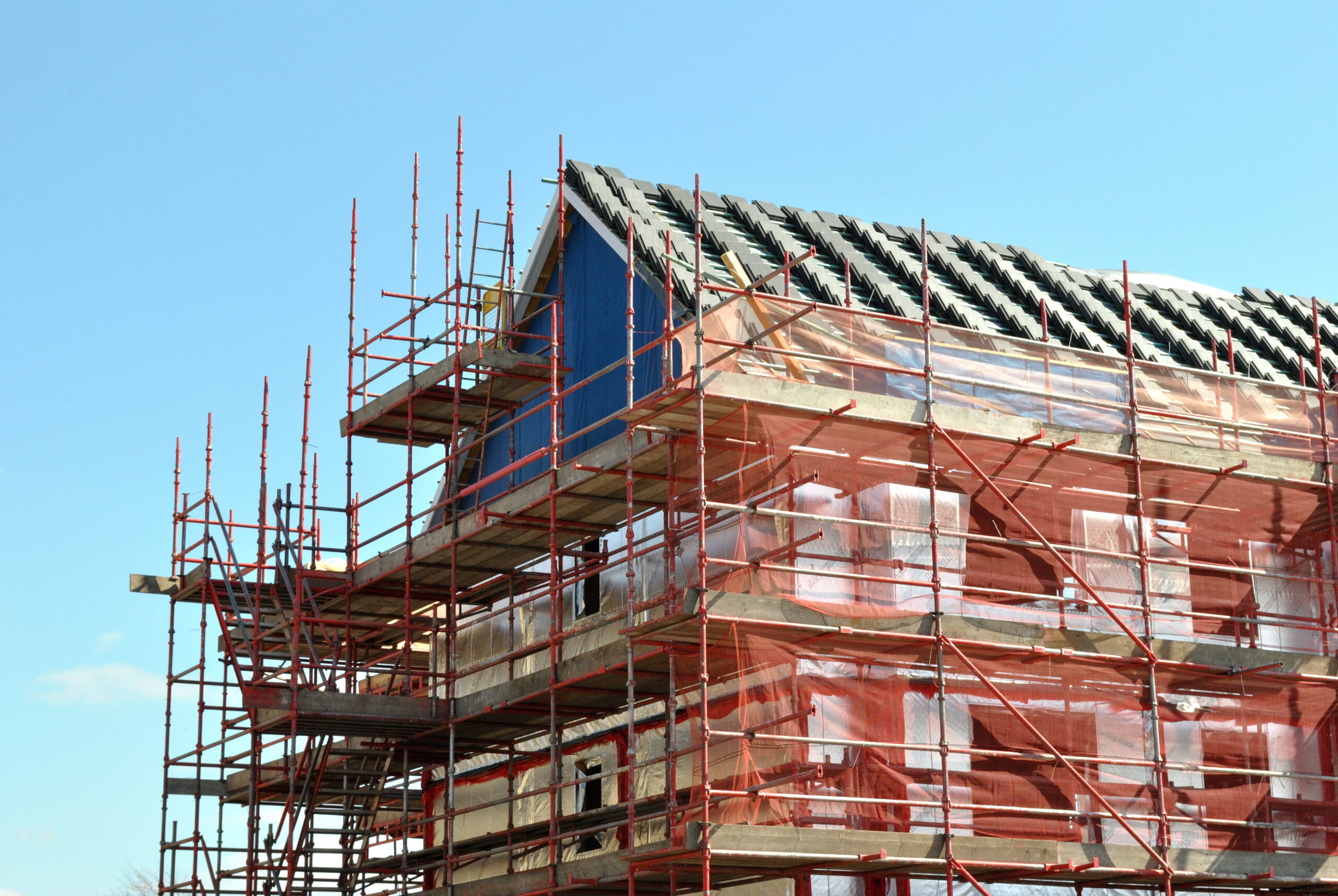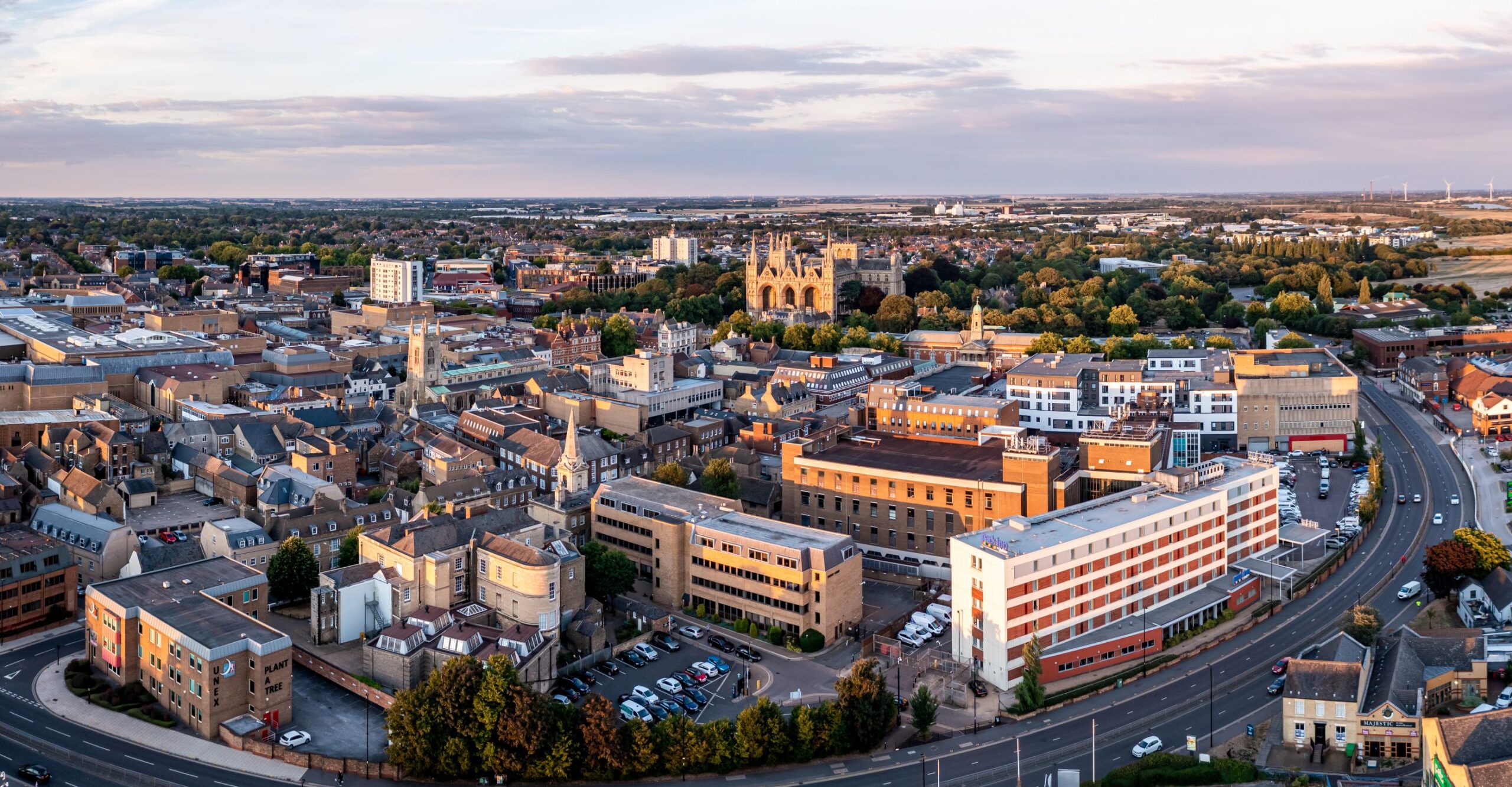Unlocking three decades of economic benefits through five years of social housebuilding

Effective investment into social housing has the potential to address the current housing crisis and driving long-term economic growth. Credit: Adobe Stock
The latter months of 2024 saw a growing focus and intrigue around Labour’s pledge to build 1.5 million homes over the course of this Parliament. Their target will require a significant focus on building more social homes, and if it is conducted successfully, the economic impact could be substantial.
This is according to a New Economics Foundation (NEF) report – Building the homes we need – which argues that the economic and social value of investing in the social housing sector is an opportunity to tackle the housing crisis while simultaneously generating a sound financial return on public money.
As it stands, the housing crisis has reached critical levels. Housing insecurity is on the rise, house prices are continuing to increase, record levels of homelessness have been reached, and local authorities are experiencing increased strain to provide temporary accommodation.
The report calls it a ‘broken’ system which is failing to deliver on fundamentals, and calls for a dramatic increase in housebuilding, particularly of affordable homes for social rent.
In order to achieve its target, building at least 365,000 social rent homes over the next five years will be crucial not only to addressing the housing crisis and providing much needed security to families across the nation, but also to unlock significant economic benefits and fuel economic growth.
As the Labour government embarks on this challenge, the volume of research – this NEF report included – all points to the same conclusion: Investing in social housing is a pivotal step in delivering the government’s housing goals and creating a fairer, more robust future for its citizens.
How should the target be approached?
Today, the demand for social housing is staggering, with 1.3m households on council waiting lists and 117,000 in temporary accommodation. Despite these numbers, the report highlights that only 158,000 homes in total, out of a target of 300,000, were built in 2023/24, and current estimates forecast that only 170,000 homes per year are likely to be built by the end of the decade.
The antidote is to build more social housing developments. Not only does this sustain housebuilding, including skills, jobs, and capacity in the construction sector, but the report also points to the Letwin Review, which demonstrated how mixed tenure developments accelerate build-out rates because of the speed with which they can be “absorbed” into local markets.
“Increasing grant funding to build more social and affordable housing is therefore the most direct policy lever the government can pull to generate the demand required to hit their overarching housebuilding targets,” the report states.
According to the analysis, England must build 90,000 social homes by 2027/28, and deliver 110,000 new social homes by the final year of this parliament to ensure 1.5m homes are built.
“In total, at least 365,000 social rent homes will need to be built over the next five years to hit this target.”
Furthermore, in order to address the backlog, similar numbers of new social homes will need to be maintained for a decade after the target’s end date.

England must deliver 110,000 new social homes by the final year of this parliament to ensure 1.5m homes are built.
However, these calculations are only the starting point, as they depend on the private sector building 240,000 homes by the final year of this parliament. If these numbers aren’t achieved, then social housing will have to make up an even greater volume of the total 1.5 million homes target.
Increased government funding is essential
Of course, competing targets impede on social housing providers goals to supply more homes. The ambition to decarbonise, for example, means that existing homes need to be retrofit in order to meet net zero targets. Increasing awareness and concern about the dangers of damp and mould mean that social landlords are investing more into preventing and addressing these issues.
“Years of rent cuts cost housing associations £3bn last year. This means that council Housing Revenue Accounts face a £2.2bn deficit by 2028. On top of this, social landlords’ liabilities have increased, including decarbonisation costs of £36bn, the need to tackle damp and mould, and a £10bn fire safety remediation bill. Social landlords are already paring back development plans in line with these multiple pressures.”
Unlocking funding to enable social housing providers to build more social homes, the report argues, is therefore essential to meeting targets. With previous NEF research arguing the need for a longer term Affordable Homes Programme (AHP), this is something that was addressed in the Autumn Budget, with it slated to increase to £3.1bn, as well as £3bn worth of support and guarantees provided to increase the supply of homes and support small housebuilders.

Unlocking funding to enable social housing providers to build more social homes is essential to meeting targets. Credit: Adobe Stock
“Without investment in a new generation of social homes, the likely upper limit of what the market can deliver on its own means these homes would be extremely unlikely to be built at all, rendering it all but impossible for ministers to meet their housebuilding targets,” the report stated.
Economic returns are there for the taking
When it comes to calculating the economic returns of building this quantity of social housing, the report calls for an alternative approach to accounting to the Treasury’s traditional Green Book method which “better reflects the specific nature of this investment in social housing.” As such, the report’s calculations depend on the application of a 2.0% social discount rate (SDR), compared to the Treasury’s 3.5%.
The bulk of the economic gains calculated come from construction and management. The report argues that building 110,000 new social homes will generate 172,000 jobs in construction in 2028/29, 175,000 roles within the supply chain, and 89,000 induced jobs. As such, for every £1 generated directly, a further £1.43 is generated indirectly and through wider spending in the economy.
“In total, our research shows investment in this programme of new social homes would generate £107bn from construction. This is on top of a £91bn total boost through the additional housing management activity (including 12,500 more jobs) over a 30-year period, which would be generated through the existence of a bigger social housing stock.”
Furthermore, creating additional social homes will generate a tenure shift, with households currently residing in the private rented sector making the switch to social housing, creating savings over 30 years of £19.7bn of public money spent on housing benefits.
Access to employment opportunities, combatting homelessness, better educational outcomes, reducing crime, and mitigating housing-associated health risks, were also cited as having significant indirect economic benefits, demonstrating the extent to which housing forms the basis of a healthy economy.
In total, the report estimated that building 365,000 social homes over the next five years would yield total gross economic and social benefits of around £365bn over 30 years.
Taking into account the central government grant and local authority expenditure, the total benefit of this investment would be £225bn over three decades.
“Every £1 of the up-front public investment required to deliver this programme generates more than £2.60 for the wider economy in return.”
Ultimately, the NEF demonstrates that effective investment into social housing has the potential to address the current housing crisis at the same time as driving long-term economic growth for years to come, and illustrates the impact that social homes have not only on those that live inside them, but on the wider economy and population.

